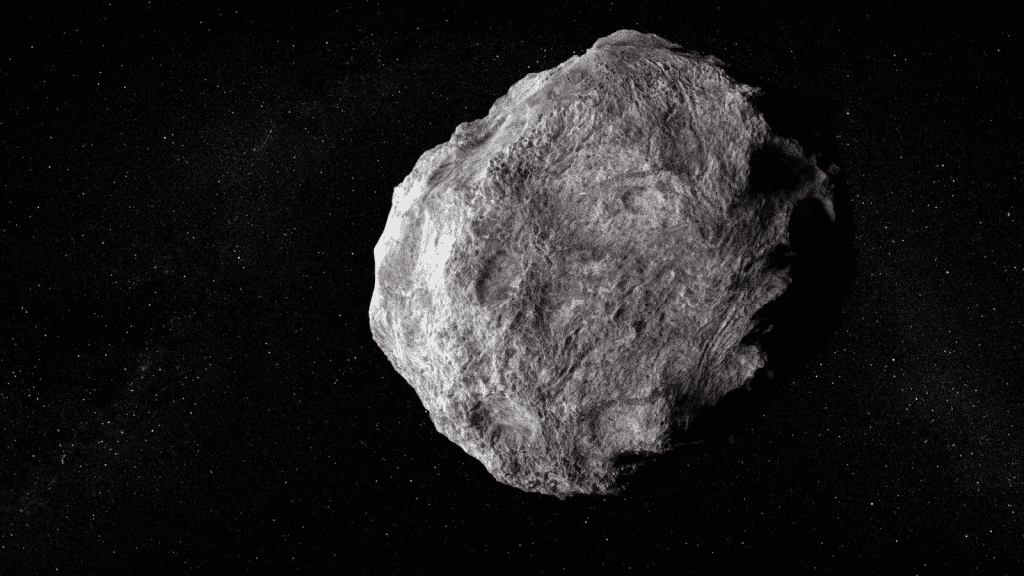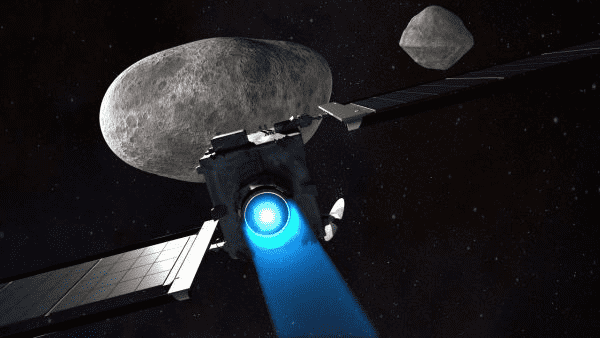Since NASA’s asteroid-collision mission was so successful, the impact was seen from Earth using a large telescope.
Tim Lister of the Las Cumbres Observatory observed on Twitter that sped-up photographs of the collision, which appeared to whip up a significant wave of debris, indicated the precise time NASA’s Double Asteroid Reduction Test (DART) spacecraft struck the asteroid.
Asteroid Terrestrial-impact Last Alert System (ATLAS), a cooperation between the University of Hawaii and NASA, also published video acquired from its telescope at the time DART crashed with Dimorphos.

Overall, Dimorphos posed no danger to Earth. However, this was an important step in establishing if NASA’s DART may help prevent future asteroids that could cause severe harm if they hit the surface.
DART looks to have accomplished its goal based on how spectacular the collision appeared to be and how thrilled NASA scientists were about it, calling it “beautiful to watch.” However, we are still awaiting data showing how the impact changed the pair’s route.

“Humanity one, asteroid zero,” one NASA presenter said on the agency’s live stream of the in-orbit wrecking ball.


